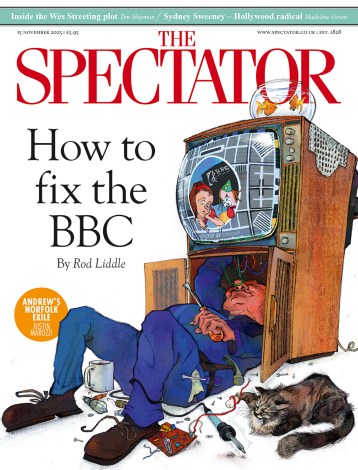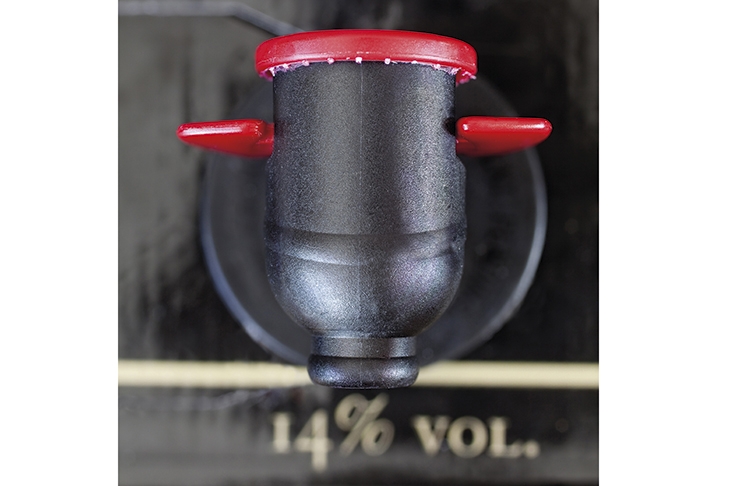Picture the world before the invention of the bottle: if you wanted a nice glass of claret at home, you’d have to send a boy round to the tavern to fill up a jug — unless you were rich enough to have a whole barrel in your cellar. Around 1630, a new tougher glass was invented in England which, when combined with the cork, meant that wine could be transported and stored safely and inertly. We owe the amazing variety of wine available to us at the touch of a button to this invention.
What’s peculiar is how little has changed in 400 years. For most of us, buying wine still means buying a bottle. This is bananas, because most wine is drunk within hours of being purchased, and the glass bottle then discarded. It’s not as if there aren’t alternatives. In wine producing countries, there’s more of a dividing line between wine that you might keep — which comes in bottles — and everyday stuff for boozing. Carton wines are common on the continent while in France it is sold ‘en vrac’ — out of a petrol pump type thing. Bring your own jerry can. The Aussies meanwhile are wedded to what are charmingly called bladder packs. What we call boxed wines were in fact invented by an Australian, Thomas Angove in 1965, just as wine was becoming an everyday commodity in Oz, and not just for toffee-nosed Melburnians.
But they’ve never quite caught on over here. When I worked in a wine merchants in the late 1990s, the wine boxes sat on the top shelf gathering dust and slowly cooking in the summer heat. Which is a shame as boxes have a number of advantages over the bottle. They take up less space when you dispose of them. And once tapped the wine should last three months, so there’s no need to finish off the bottle at the end of the night. Though of course you could just say: ‘Darling shall we drain the box tonight?’ There’s not much else to do at the moment, after all.
And yet we remained wedded to our bottles. Partly because, until quite recently, wine was still a status symbol in Britain, we wanted even our cheapest wine to come in a bottle with a picture of a château on the label. But gradually, as it has become just another drink, we have become less precious about containers. Canned wines are proving popular, particularly when commuting (you remember commuting, right?).
Now, finally, boxed wines are having their moment. It helps that the quality has improved: previously only the worst wines went into boxes. But now the Wine Society does a five-litre party pack of its excellent Domaine Jaume Cotes-du-Rhone, working out at about £6.75 a bottle; St. John has a wine merchant arm offering, among other things, its house wine in boxes to take away.
It’s not just home drinkers who realise that for bulk-drinking the wine bottle is an anachronism. Many restaurants now offer wine from a keg. At St Leonards in Shoreditch, the excellent house Beaujolais comes out of a tap. And why not? It’s just a return to how things were before the wine bottle. You could even send a lad round with a jug and ask them to fill it up for you. Though not at the moment, obviously.






Comments